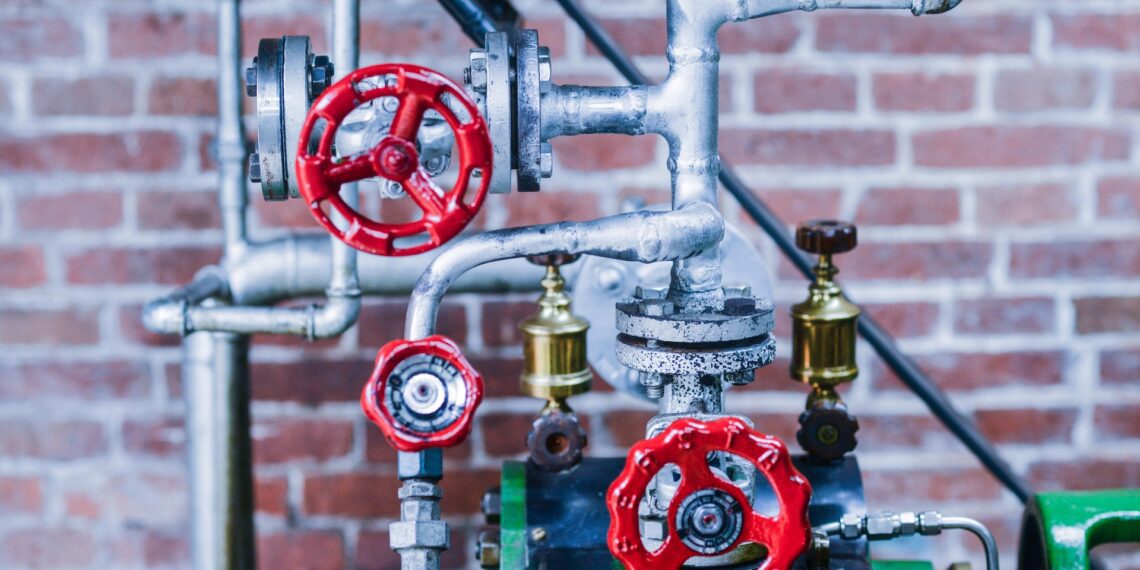Using the right parts in your industrial fluid systems is essential to achieving optimal performance. The valves in a system are crucial because they allow the operators to regulate the flow of fluids in a manner that is optimal for the task at hand.
Complex fluid system design is affected by a number of variables, some of which are:
- Is there a need to pause and restart the flow?
- Do you need a means to regulate current?
- Can the flow rate be adjusted, please?
- Do you need to safeguard your system against overpressure?
- Approximately how frequently do you plan to cycle the valve?
You should ask all these questions regarding your fluid system before completing your valve decision. In this piece, we’ll show you several common types of industrial valves so you can choose the one that’s best for your needs.
Table of Contents
Safety First
Fluid systems can operate at high pressures and temperatures, and sometimes they contain dangerous compounds that might represent a harm to the operators if leaks occur. To ensure fluid systems do not pose extra dangers, best practises for installation and operation should be followed. So be sure to check Pipeline Actuation Control.
Valves have vital functions in permitting securely operating fluid systems. An overpressure situation that might cause a blowout can be avoided, for instance, with the use of a safety shut-off valve or pressure relief valve. Because of this, knowing how flow works inside your system is the first step in choosing the appropriate valve for your needs.
Recognizing the Flow
As the name implies, valves are used to regulate the flow of a fluid or gas through a system, from higher to lower pressures. A flowmeter measures the volume or distance moved in a given amount of time. Flow might be measured in metres per second, litres per minute, gallons per day, or any other equivalent metric.
To what extent a valve allows flow to occur is determined by the diameter of its end connection and the length of its flow route. To help users better understand the range of flow that may be controlled by a given valve, industrial valve manufacturer often include a flow coefficient, or Cv, along with the valves. Generally speaking, the higher the Cv, the greater the flow rate, however this is not always the case. When deciding on a Cv, you should take into account the valve type and intended use. That might lead to a Cv that is close to zero in some conditions.
Valve makers are usually available to assist with figuring out which valve is best for your needs. Inquire with the manufacturer about the availability of a Cv calculator that can help you compute Cv or flow depending on the pressures, flow rates, temperatures, and medium in your system.
Make Right Decision:
If you want your fluid system to function as efficiently as possible, choosing the best valves for the job is crucial. If you take the time to learn about the various valves and how they should be used, you’ll be in a better position to choose the one that perfectly suits your requirements.
If you want your staff to always be up-to-date on the newest valve advancements, it’s important to work with a supplier that gives training on valve selection, identification, and troubleshooting.

